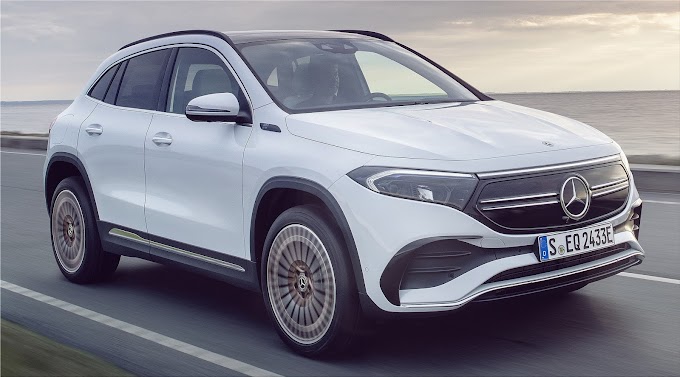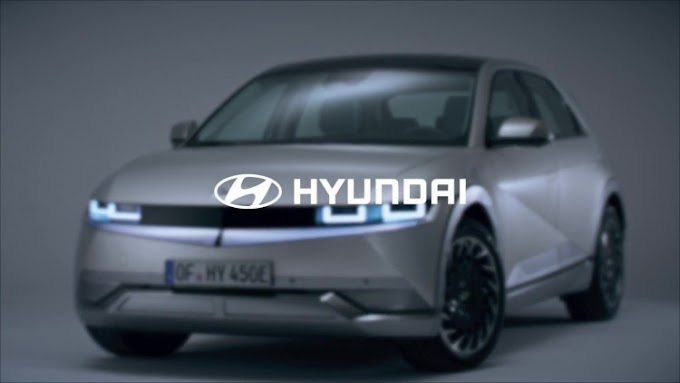This fall, the Lightyear 0 electric car will enter production. Unlike many of its competitors, the Dutch Lightyear relies not only on electricity from the socket but also on the sun's power.
The development of the world's first "real" solar car reportedly took six years. Preliminary plans call for beginning mass production of the Lightyear 0 this coming fall. planned up to a maximum of 946 vehicles. The manufacturer promises that the aerodynamically styled electric vehicle can drive for up to seven months without refueling at the charging station. "Today is the day we've all been waiting for," said Lex Hoefsloot, CEO and co-founder of Lightyear. "The five of us sat in a kitchen and sketched out our dream of the world's most sustainable car. It was 2016, and we had precisely one plan. After three years, we finally had a working model. Lightyear 0, after six years of testing, iterating, designing, and countless obstacles, proves that what seemed impossible is doable. "
Five square meters of patented, double-curved solar cells cover the 5.08-meter-long Lightyear 0. They allow for the recharging of the electric vehicle while in motion or at rest.
The maximum range of the Lightyear 0 is 625 kilometers, and it can travel an additional 70 kilometers per day under ideal conditions. Thanks to a solar yield of up to 11,000 kilometers per year, drivers who only use the Lightyear 0 for their daily commute of 35 kilometers, for example, can drive for weeks or even months in the summertime before the streamlined bolide has to be charged again. This should be effective for at least half the year in the countries of Central Europe. Plug-free propulsion would be possible in southern Europe for half a year or more.
There are many ways in which the Lightyear 0 differs from conventional electric vehicles. One of the market's most powerful and efficient electric drives is housed in each of its four-wheel hub motors. It's an aerodynamic family car with a drag coefficient of less than 0.19, and its low weight makes it more fuel-efficient. The Lightyear 0 electric car is only 1,575 kilograms in total weight, despite being five meters in length. Regarding energy efficiency, it is the most advanced electric vehicle on the market, using only 10.5 kWh per 100 kilometers (at a top speed of 110 km/h). Up to 560 kilometers can be driven without recharging at a more manageable top speed of 110 km/h, with a top speed of 160 km/h. The maximum energy stored in the battery pack is 60 kWh.
A 10.1-inch touchscreen infotainment system with cloud-based updates is standard on the dashboard, and screens replace traditional rearview mirrors. The interior, which can accommodate up to five people, is made entirely of vegan materials from natural sources—such as ecological microfiber suede seats and details made of rattan palm. You can fit 640 liters of stuff in the trunk.
Production of the Lightyear 0 electric car will begin this fall, and the first electric car is expected to be delivered to customers as early as November. There will be a cap of 946 Lightyear 0 models produced by the company, each of which will cost 250,000 euros. The next-generation model will be mass-produced at an accessible starting price of 30,000 euros. This is planned for the end of 2024 or the beginning of 2025.











